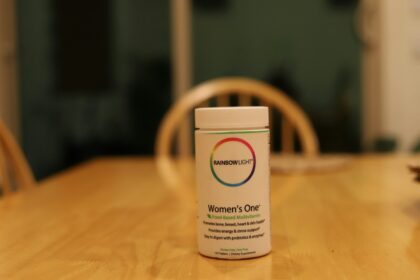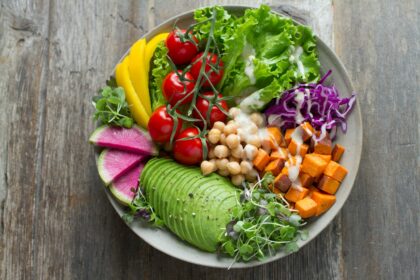Vegetables can lower the risk of stroke, cancer, heart disease, and type 2 diabetes, among other chronic diseases, when consumed as part of a balanced diet. All veggies and 100% vegetable juice are included in this category on the USDA’s MyPlate. Vegetables can be frozen, canned, dehydrated, or eaten raw or cooked. This provides an extensive range of choices for fulfilling daily and weekly intake guidelines.
The following subgroups of vegetables are categorised by MyPlate: starchy vegetables, dark-green vegetables, red and orange vegetables, beans and peas, and other vegetables. For best health, foods from each subgroup can be included in a weekly eating pattern rather than needing to be consumed every day.
What Is the Recommended Amount of Vegetable Servings?
Age Number of Servings
Children 2–8 Years 1-1.5 Cups
Girls 9–18 years 2–2.5 cups
Boys 9–18 years 2–3 cups
Women 19–50 years 2.5 cups
Women 51+ years 2 cups
Men 19–50 years 3 cups
Men 51+ years 2.5 cups
Vital Elements Found in Vegetables
In addition to being a vital component of a balanced diet, vegetables are also a great source of potassium, fibre, folate (folic acid), and vitamins A, E, and C. The upkeep of bodily systems and general health depend on these nutrients:
Potassium: This vitamin may support normal blood pressure maintenance. Sweet potatoes, white potatoes, tomato-based products, and spinach are some of the foods high in potassium.
Fibre: Fibre lowers blood cholesterol, controls bowel movements, and may minimise the risk of heart disease.
Folate (folic acid): The body needs folate, also known as folic acid, to produce healthy red blood cells. Adequate folate intake is necessary for women of childbearing age who may become pregnant, as well as those who are in the first trimester of pregnancy, to lower the risk of neural tube abnormalities, such as spina bifida, during foetal development.
Vitamins A, E, and C: Green and yellow veggies are the main sources of vitamins A, E, and C. When combined, they provide antimicrobial protection, support the health of the skin and eyes, facilitate the healing of wounds, and provide antioxidant benefits.












